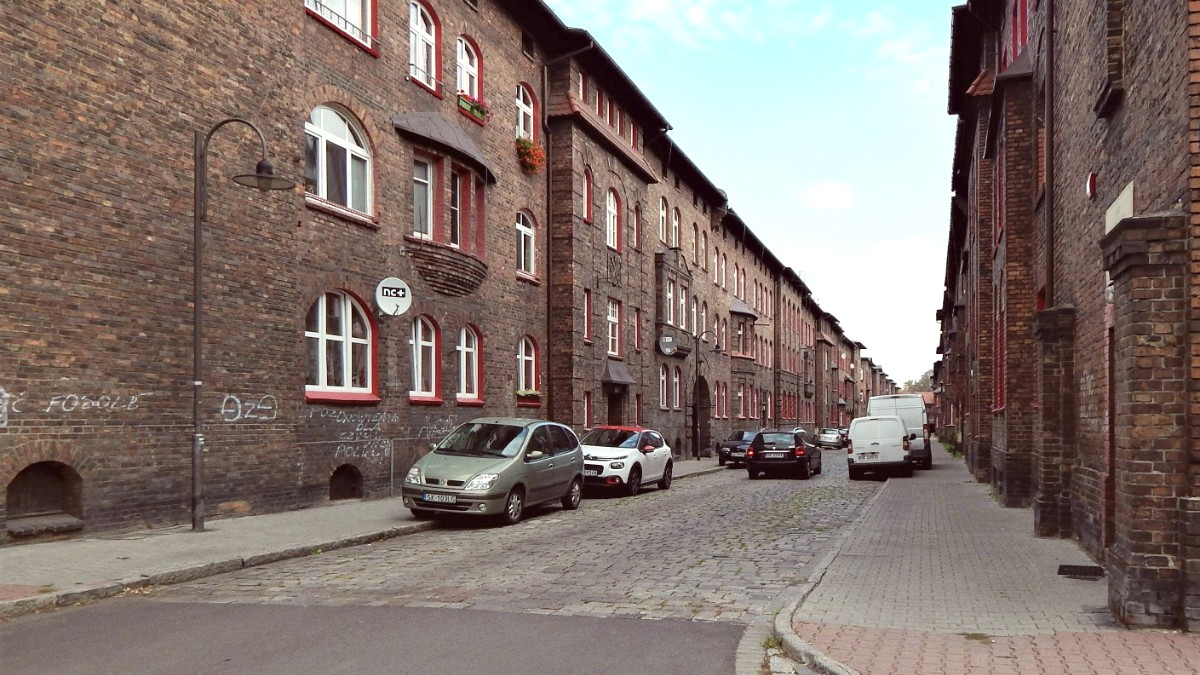
Poland
Katowice experiences a temperate continental climate, distinguished by four seasons. Each season presents an unique experience, shaping your packing choices and the types of activities you might pursue. Layering clothing generally works best, regardless of the time of year.
The climate patterns range from mild springs, warm and sometimes stormy summers, pleasant autumns with foliage, to cold and snowy winters. Summer months attract higher visitor numbers with outdoor events, while shoulder seasons (spring and autumn) offer comfortable temperatures and fewer crowds. Winter provides a charming, festive atmosphere for those prepared for the cold.
Poland's membership in the Schengen Area streamlines travel for many visitors. For non-EU/EEA citizens, a Schengen visa typically permits stays of up to 90 days within any 180-day period across all Schengen member states. This rule applies whether you plan to visit only Poland or multiple countries within the Schengen zone.
Citizens of certain countries may enter visa-free for short stays. For longer stays or specific purposes like work or study, a national long-stay visa specific to Poland becomes necessary. Consult the Polish embassy or consulate in your home country for the most accurate and current information pertinent to your nationality.
Essentials for visa application
Policy with minimum €30,000 coverage for medical emergencies, hospitalization, and repatriation, valid throughout your Schengen stay.
Valid for at least three months beyond your intended departure date from the Schengen Area, issued within the last 10 years, with at least two blank pages.
Matching your travel duration
For tourism, business, or visiting family/friends, stays up to 90 days. Apply at the embassy/consulate of your main destination country.
For planned stays exceeding 90 days (work, study, family reunion). This application process is more extensive.
What to know upon arrival
No general entry fee to Poland for individuals not needing a visa (e.g., EU/EEA citizens).
Upon arrival at any Schengen port of entry, non-EU/EEA citizens undergo immigration control. Be ready to present return tickets, sufficient funds, and accommodation details.
The official currency in Poland is the Polish Złoty (PLN), dividing into 100 groszy. Złoty notes are in denominations of 10, 20, 50, 100, 200, and 500 PLN. Coins include 1, 2, 5 PLN and 1, 2, 5, 10, 20, 50 groszy. Major foreign currencies like USD, EUR, and GBP are exchangeable at banks or exchange offices, known as "Kantor." Kantors often present better exchange rates than airports or major hotels. Compare rates and check for hidden fees. ATMs are widely available, and credit/debit cards are broadly accepted.
Tipping is customary in Poland for good service, though generally not as high as in North America. For restaurants, a tip of 5-10% of the bill is customary. You can round up or specify the total amount including the tip. For taxis, round up the fare. For bars/cafes, rounding up for good service is appreciated but not strictly expected. A small tip for tour guides is appreciated if the tour was informative and enjoyable.
Hostel dorms, milk bars, public transport, free attractions.
3-star hotels, mid-range restaurants, occasional taxis, paid attractions.
4-5 star hotels, fine dining, private transfers, premium experiences.
From street food/milk bars (15-50 PLN) to fine dining (150+ PLN).
Hostel dorm (50-100 PLN) to luxury hotel (400+ PLN).
Awareness of common health concerns and proactive prevention methods ensure your well-being throughout your visit.
Poland presents a good standard of medical care, notably in major cities. Both public and private healthcare options are available. Private clinics often present faster service and English-speaking staff.
While Katowice generally experiences low risks from natural disasters, awareness of seasonal hazards is good. Comprehensive travel insurance provides peace of mind.
Poland generally presents good value for money compared to Western Europe. Prices vary based on your travel style. These estimates consider local accommodation, food, in-city transportation, and attraction entry, excluding international flights.
From economical adventures to luxurious getaways, Katowice offers options for every visitor.
These breakdowns show typical expenditures for accommodation, meals, transportation, and attractions, highlighting where costs can be managed or where investments create a more comfortable journey.
Lodging costs vary widely based on comfort and amenities. Hostels offer the most economical option, while luxury hotels present high-end comfort.
Hostel Dorm Bed: 50-100 PLN
Luxury Hotel Room: 400+ PLN
From quick street food to leisurely fine dining, Katowice offers a diverse culinary scene catering to different budgets. Local eateries are economical.
Street Food/Fast Food: 15-30 PLN
Fine Dining: 150+ PLN (without drinks)
Public transport provides an economical way to navigate the city. Taxis or ride-sharing present additional choices for convenience. Attraction costs vary by venue.
Public Transport Ticket: 4-5 PLN
Concert/Performance Ticket: 50-200+ PLN
| Category | Item | Typical Cost (PLN) |
|---|---|---|
| Accommodation | Budget Hotel Room | 150-250 per night |
| Meals | Dinner at mid-range restaurant | 50-100 per person |
| Transportation | Taxi (short ride city center) | 20-40 |